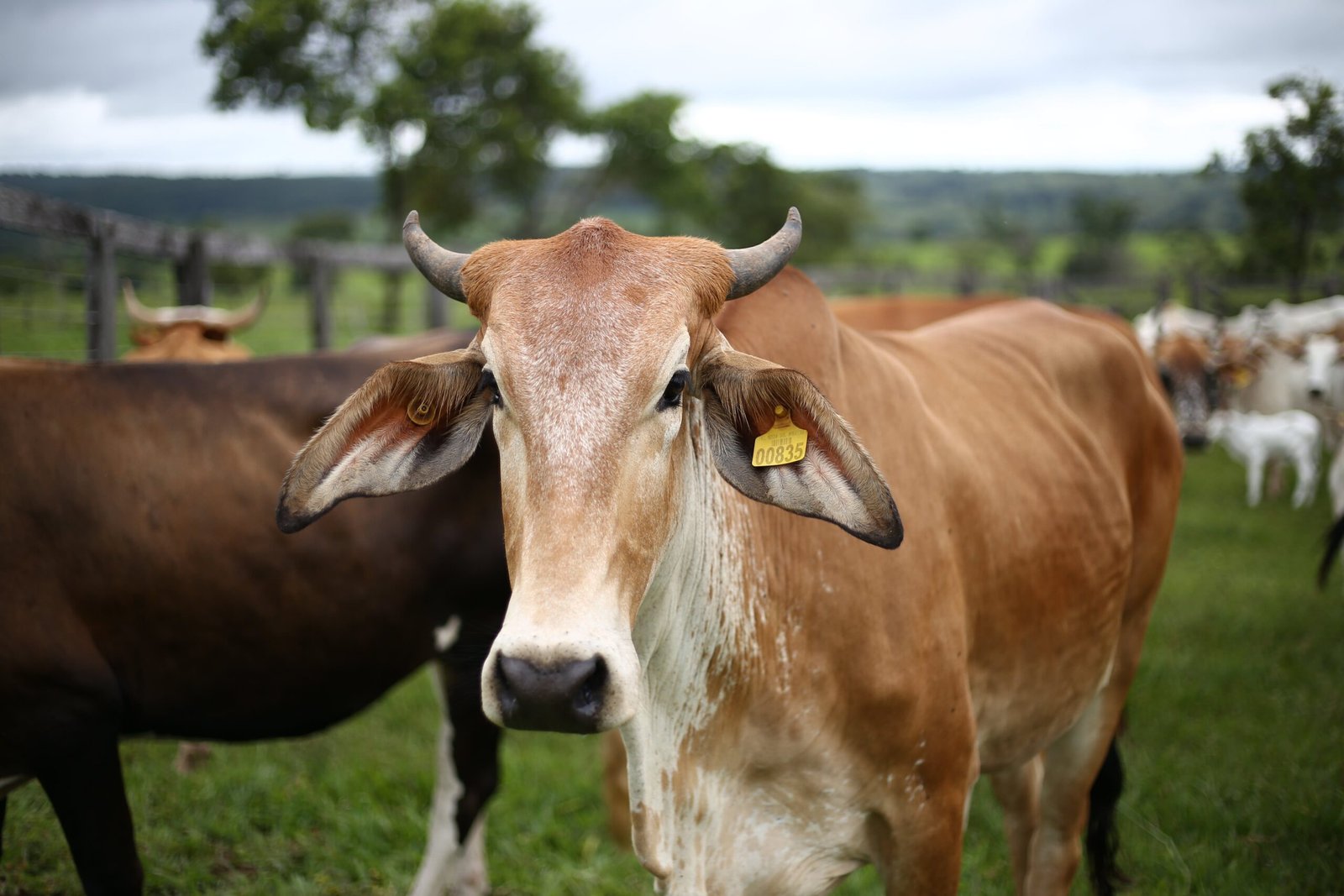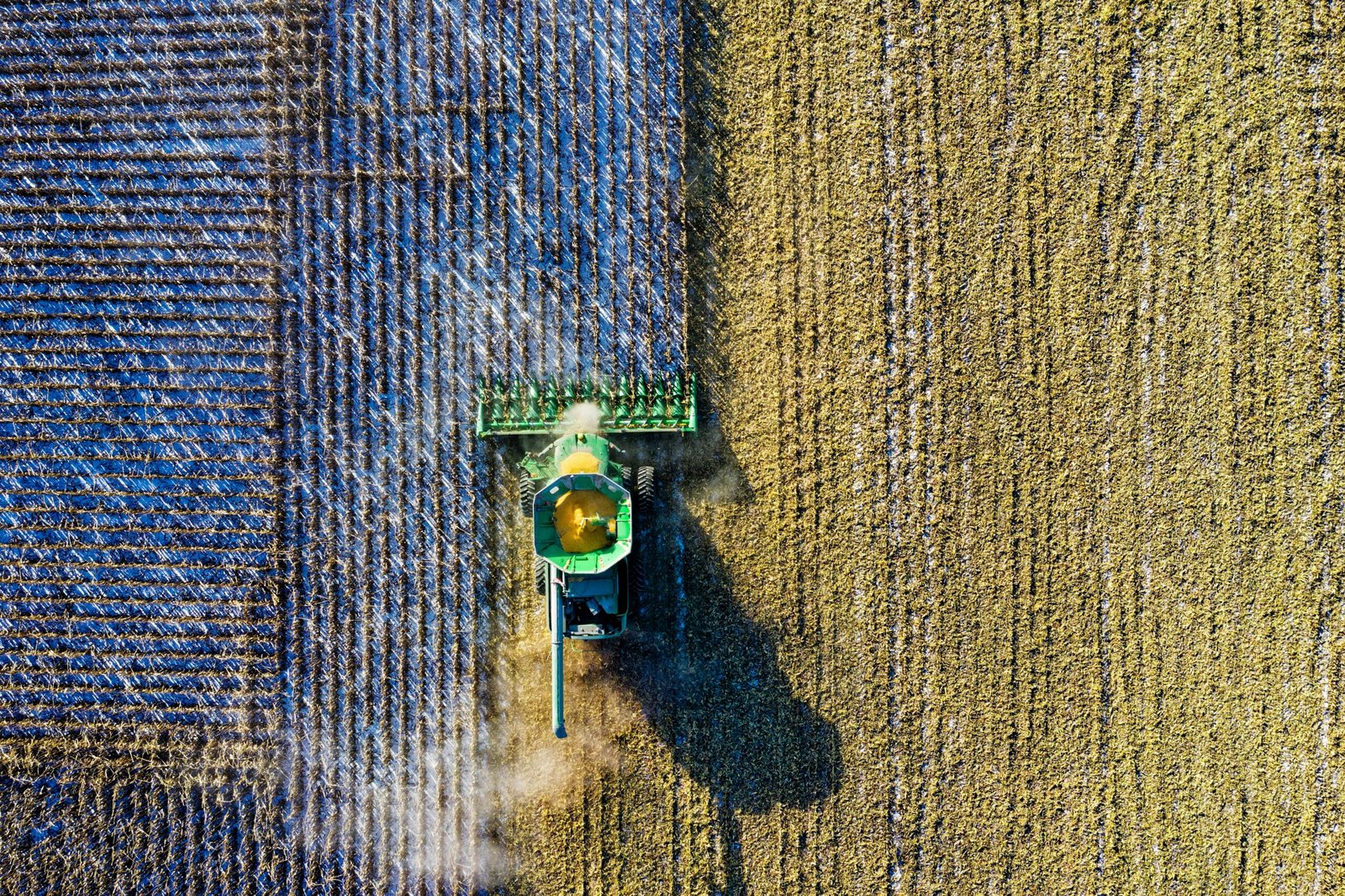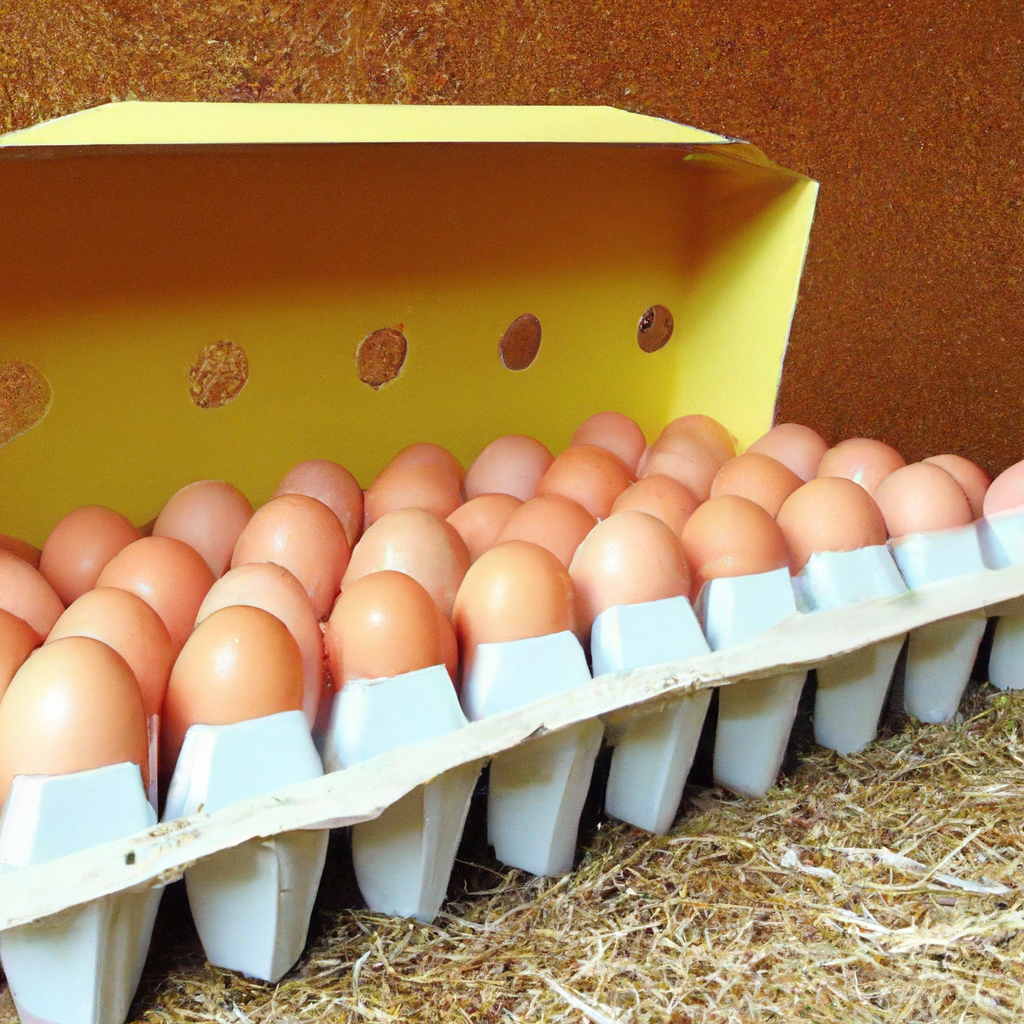
During the winter months, many chicken farmers find themselves facing a dilemma when it comes to egg production. The shorter days and longer nights can significantly affect the number of eggs their hens lay. In this article, we will explore the question of whether it is necessary to provide supplemental lighting for winter egg production. We will consider the impact of limited exposure to natural light on hen’s reproductive systems, the potential benefits of artificial lighting, and the key factors to consider before making a decision. So, if you’re curious about how to maintain a consistent egg supply during the winter season, keep reading!

Reasons for Supplemental Lighting
Promoting egg production
Supplemental lighting is often used to promote egg production in hens during the winter months when natural daylight is limited. By providing artificial light, the hens’ reproductive systems are stimulated, encouraging them to lay more eggs. This is particularly important for commercial egg production, where maximizing egg output is crucial for profitability. Additionally, supplemental lighting can help maintain a consistent supply of eggs to meet consumer demand even during the colder months.
Maintaining egg size and quality
Without adequate lighting, hens may reduce or cease egg production altogether during the winter. When egg production resumes, there is a risk of irregular egg sizes and reduced quality. Supplemental lighting ensures that hens continue to produce eggs of optimal size and quality throughout the year. This consistency is essential for meeting consumer expectations and maintaining a reputable brand.
Reducing broodiness
Broodiness, the instinctive behavior in hens to incubate eggs, can disrupt egg production. By providing supplemental lighting, the natural responses of hens to increasing day length are mimicked, reducing broodiness. This allows the hens to focus more on egg production rather than nest building and incubation, resulting in higher egg yields.
Extending laying season
Supplemental lighting also extends the laying season for hens. By providing additional light in the morning or evening, hens perceive longer days, tricking their biological clocks into continuing egg production. This is especially beneficial for small-scale chicken keepers who rely on a consistent supply of eggs for personal consumption or local sale.
Lighting Requirements for Egg Production
Understanding the natural response to light
Hens’ reproductive systems are sensitive to changes in the duration and intensity of light. As days lengthen in spring, a hormone called melatonin is suppressed, triggering an increase in egg production. However, during the winter months, the natural decrease in light can hinder this process. Supplemental lighting aims to replicate the natural response to light, thus stimulating egg production.
Optimal lighting duration and intensity
To effectively promote egg production, the duration and intensity of supplemental lighting need to align with hens’ natural response to light. Generally, providing 14-16 hours of light per day is recommended for maximum egg production. The intensity of the light should be approximately 2-3 foot-candles at hen eye level. It is important to note that excessive light can disrupt the hens’ sleep-wake cycle and may have adverse effects on their health.
Managing light schedules
Managing the light schedules for hens requires careful planning and consistency. Artificial lighting should be provided at regular intervals to replicate natural daylight cycles. It is advisable to gradually increase the duration of artificial lighting during the winter months and decrease it during the summer to mimic seasonal changes. Additionally, sudden changes in lighting schedules should be avoided as they can cause stress in the hens and disrupt egg production.

Types of Lighting Systems
Natural lighting
Natural lighting, provided by windows or openings in the chicken coop, is the ideal and most cost-effective lighting system for hens. It allows the hens to experience natural dawn and dusk, which promotes their overall well-being and stimulates egg production. However, in certain regions where daylight is limited during the winter, natural lighting alone may not be sufficient for optimal egg production.
Artificial lighting
Artificial lighting systems are commonly used to supplement natural lighting and ensure consistent egg production. These systems typically use electric lamps that emit light in the blue spectrum, resembling natural daylight. They can be easily controlled to provide the desired duration and intensity of light. However, it is important to choose energy-efficient bulbs and consider the potential risks associated with electrical lighting systems.
Combination systems
Combination lighting systems utilize both natural and artificial lighting sources to provide a balanced lighting environment for hens. This approach combines the benefits of natural light with the consistency and control of artificial lighting. By integrating both types of lighting, hens can experience the natural changes in daylight while still receiving supplemental light during the darker periods of the day.
Considerations for Choosing Lighting Systems
Energy efficiency
When choosing a lighting system, it is important to consider its energy efficiency. Energy-efficient lighting systems not only reduce electricity costs but also contribute to environmental sustainability. LED lights are a popular choice as they consume less energy compared to traditional incandescent or fluorescent bulbs.
Cost-effectiveness
The cost-effectiveness of a lighting system involves not only the initial investment but also the maintenance and operational expenses. While natural lighting is cost-free, artificial lighting systems require purchasing lamps, fixtures, and the associated electrical costs. It is essential to assess the long-term benefits and costs of different lighting options to make an informed decision.
Ease of installation and maintenance
Another crucial factor to consider is the ease of installation and maintenance of the lighting system. Some systems may require professional installation, while others can be easily set up by chicken keepers themselves. It is important to choose a system that is user-friendly and does not create unnecessary hassles in terms of maintenance and repairs.
Regulatory compliance
It is important to ensure that the chosen lighting system complies with any local regulations or standards related to electrical installations or animal welfare. Some regions may have specific guidelines regarding the type of lighting systems allowed or the maximum light intensity permissible. It is necessary to adhere to these guidelines to ensure the safety and well-being of the hens and to avoid any potential legal issues.

Potential Challenges and Risks
Increased energy consumption
One of the key challenges of supplemental lighting is the increased energy consumption. The use of artificial lighting systems can significantly add to the electricity bills of chicken keepers, especially during the winter months when lighting needs are high. It is important to carefully monitor and manage the lighting schedule to minimize energy wastage and optimize energy efficiency.
Disturbance to natural circadian rhythm
Supplemental lighting can potentially disturb the natural circadian rhythm of hens, as their sleep-wake cycles are influenced by light patterns. Exposure to excessive or irregular lighting can lead to disrupted sleep patterns, stress, and reduced overall well-being. It is crucial to provide a consistent lighting schedule that mimics natural daylight cycles to minimize these disruptions.
Heat stress
Certain types of lighting systems, especially those that generate excessive heat, can cause heat stress in hens. Heat stress can be detrimental to their health and egg production. It is important to choose lighting systems that emit minimal heat and ensure proper ventilation within the chicken coop to mitigate the risk of heat stress.
Fire hazards
Electrical lighting systems carry the risk of fire hazards if not installed or maintained properly. Faulty connections, damaged wires, or overloaded circuits can create sparks and potentially ignite flammable materials within the coop. It is essential to regularly inspect, maintain, and follow proper electrical safety protocols to minimize the risk of fire incidents.
Success Stories of Supplemental Lighting
Improvement in egg production rates
Many chicken keepers have reported significant improvements in egg production rates when implementing supplemental lighting. By providing artificial light, hens have been observed to lay more eggs consistently throughout the year, including the winter months. This has proven beneficial for both small-scale chicken keepers and commercial egg producers, helping them meet demand and increase profitability.
Consistent egg quality throughout winter
Supplemental lighting has also shown positive effects on egg quality during the winter. Hens provided with artificial light have been found to lay eggs of consistent size, shell quality, and yolk color, even when natural lighting is limited. This ensures that consumers receive high-quality eggs regardless of the season, contributing to customer satisfaction and brand reputation.
Costs and benefits comparison
Chicken keepers who have implemented supplemental lighting have reported positive cost-benefit outcomes. While there may be an initial investment in purchasing lighting equipment, the increased egg production and consistent egg quality often outweigh the costs. Additionally, by extending the laying season, chicken keepers can reduce the need to purchase eggs from external sources during the winter, further saving costs.

Effect on Chicken Health and Welfare
Impact on overall health
Supplemental lighting can have a positive impact on the overall health of hens. By promoting consistent egg production, hens are less likely to experience issues related to reproductive health, such as egg binding or ovary infections. Adequate lighting also helps ensure proper feeding and drinking behavior, reducing the risk of malnutrition or dehydration.
Behavioral changes
Hens exposed to supplemental lighting may exhibit behavioral changes. They may become more active during the extended daylight hours and engage in normal foraging, dust bathing, and social interactions. These behavioral changes indicate enhanced welfare and a closer approximation to their natural environment. However, it is necessary to monitor for any abnormal behaviors that may be indicative of stress or discomfort.
Potential stress levels
While supplemental lighting aims to mimic natural lighting conditions, it is crucial to minimize any potential stress that may arise from artificial lighting. Sudden changes in lighting schedules or exposure to excessive light can lead to stress and negatively impact hens’ well-being. To ensure the best possible welfare for the hens, a balance between natural light and supplemental lighting should be maintained.
Environmental Sustainability
Energy usage and carbon footprint
Supplemental lighting systems contribute to energy consumption, which in turn has an environmental impact. The electricity used to power artificial lighting systems may come from non-renewable sources, leading to increased carbon emissions. It is important to choose energy-efficient lighting options, such as LED bulbs, to minimize the environmental footprint associated with supplemental lighting.
Alternative sustainable lighting solutions
In recent years, efforts have been made to develop more sustainable lighting options for chicken coops. Solar-powered lighting systems have gained popularity, harnessing renewable energy to provide supplemental light to hens. These systems utilize solar panels to store energy during the day and provide illumination during the night. This reduces the reliance on non-renewable energy sources and promotes environmental sustainability in egg production.
Guidelines and Best Practices
Consulting with experts
Before implementing supplemental lighting, it is advisable to consult with experts in poultry management or lighting specialists. These professionals can provide valuable insights and guidance on the most suitable lighting system for the specific needs and conditions of the chicken coop. They can assess factors such as coop size, flock size, geographic location, and local regulations to ensure optimal lighting solutions.
Monitoring and adjusting lighting schedules
Regular monitoring of lighting schedules is essential to ensure hens’ health and well-being. The lighting duration and intensity should be adjusted as needed to maintain consistent egg production while minimizing the risk of stress. It is important to closely observe the behavior and health of the hens and make necessary adjustments to the lighting schedule accordingly.
Evaluating long-term cost-benefits
When considering supplemental lighting, it is crucial to evaluate the long-term cost-benefits. This involves assessing not only the expenses associated with the lighting system but also the potential gains in egg production and quality. Keeping detailed records of egg production, energy consumption, and associated costs can help chicken keepers make informed decisions and optimize their lighting strategies.
Ensuring animal welfare
Animal welfare should always be prioritized when implementing supplemental lighting. The lighting systems should be designed and managed to minimize stress, optimize health, and facilitate natural behaviors. Providing ample space, appropriate ventilation, and sufficient access to food and water are integral to ensuring the well-being of the hens. Regularly evaluating and addressing any potential negative impacts on welfare is crucial to maintaining optimal conditions.
Conclusion
Supplemental lighting plays a significant role in promoting egg production, maintaining egg quality, reducing broodiness, and extending the laying season for hens. By understanding the natural response to light, managing light schedules, and choosing the most suitable lighting systems, chicken keepers can optimize egg production while considering factors such as energy efficiency, cost-effectiveness, and regulatory compliance. While there are potential challenges and risks associated with supplemental lighting, careful monitoring and adherence to best practices can mitigate these risks. Moreover, supplemental lighting can have positive impacts on chicken health and welfare, promoting overall well-being and behavior. Consideration for environmental sustainability is also important, with the exploration of alternative sustainable lighting solutions. By following guidelines and best practices, chicken keepers can strike a balance between egg production goals and animal welfare, ensuring a successful and responsible approach to winter egg production.







